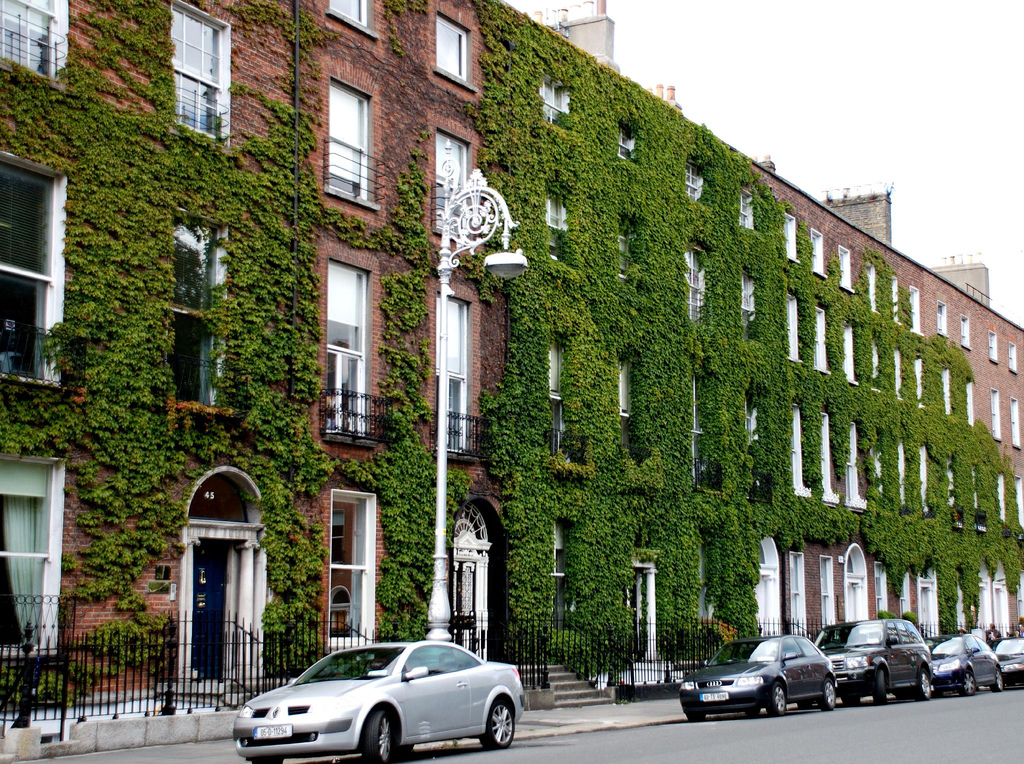With five Georgian Squares and dozens of historic buildings, Dublin has Georgian architectural influences on both sides of the River Liffey.
On the Northside there is a North Georgian Core boasting two Georgian Squares – Mountjoy Square being the most prestigious of the five in Dublin, and Parnell Square being the oldest of the five. Meanwhile, on the Southside of the Liffey, there is a South Georgian Core – this is usually where people are referring to when they speak of the Georgian District, or in more recent years, the Georgian Quarter.
Southside Dublin’s Georgian Quarter has three major tourist attractions:
- Trinity College (which houses the Book of Kells);
- Merrion Square;
- St Stephen’s Green.
These aren’t the only tourist attractions in this area. Many of the best museums in Dublin are also nearby. Dublin’s national museums are all free and the ones near to Dublin Pearse railway station (known locally as Pearse Street Station due to its proximity to Pearse Street) include:
- The National Museum of Ireland;
- The National Library;
- The National Gallery of Ireland.
The Georgian Quarter is shaped like a triangle pointing towards the South-West; with the South-West corner of St Stephen’s Green at its head. Pearse Station (which is served by the Dart) is at the centre of the base of this triangle and is only a few minutes away from any of the attractions.
Dublin’s Georgian Quarter has some stunning Georgian houses which are still functioning as homes. Georgian houses are known for their beautiful symmetry and their red or tan bricks. Their big arched doorways and big windows add to the elegance of this style of architecture.
Below is a picture of Fitzwilliam Square, which is near St Stephen’s Green.

Pearse Station – the gateway to Dublin’s Georgian Quarter
